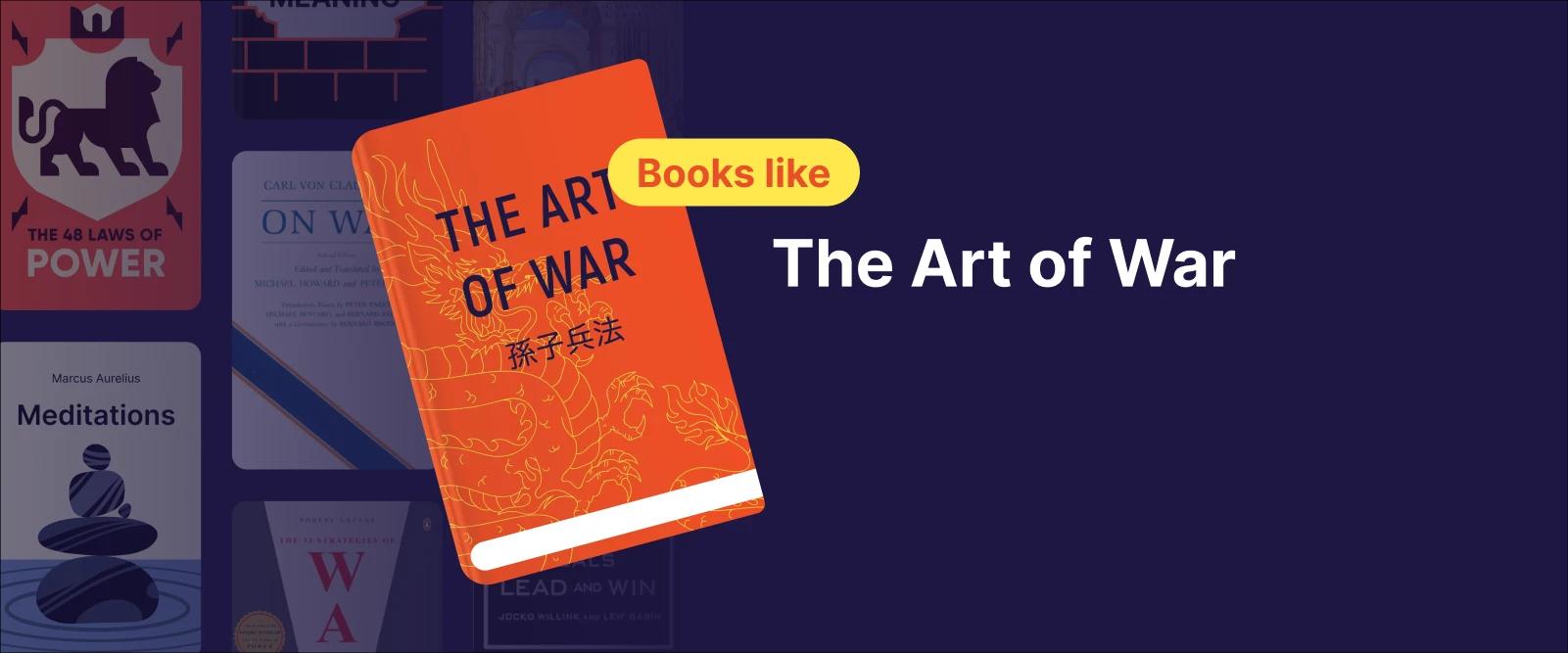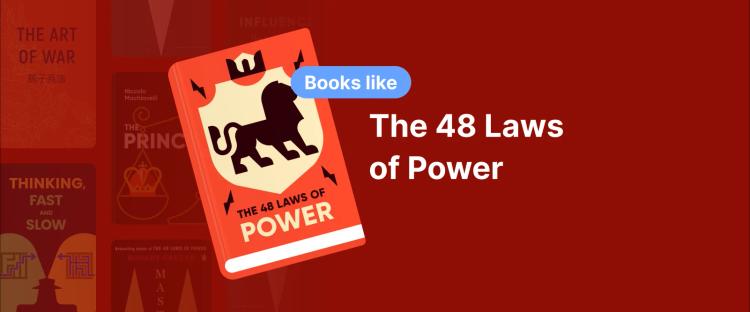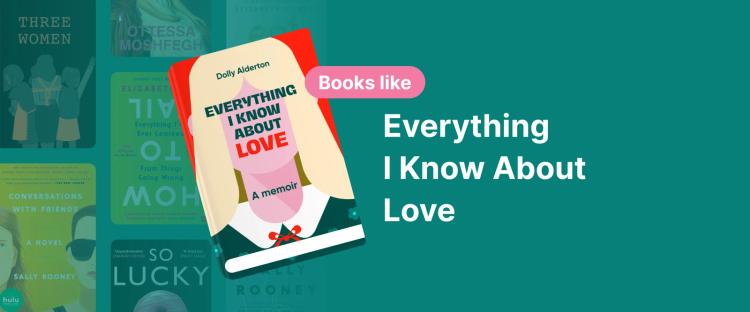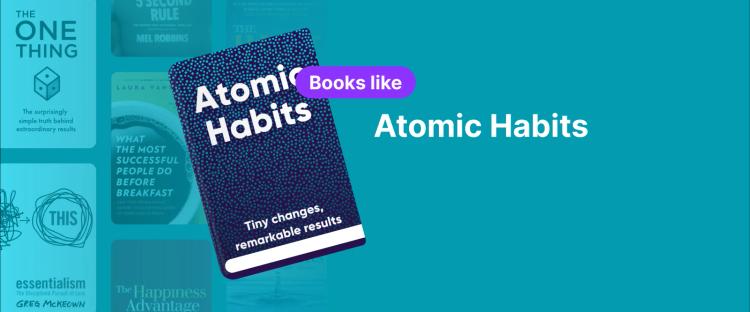Want to learn the secrets to winning before the fight even begins? You'll enjoy reading more books that explore related topics if Sun Tzu's ancient teachings on leadership, military strategy, and psychological warfare piqued your interest.
This article includes 14 must-read books like 'The Art of War' that provide useful insights into leadership, business, and personal development, in addition to illuminating military strategy. These books will help you think more clearly and like a real strategist, regardless of whether you're an entrepreneur, history buff, or strategist at heart.
A quick story reminder: For more than 2,500 years, Sun Tzu's 'The Art of War' has been regarded as the foundation of strategic thinking. This brief but insightful manual on military strategy, which was written in ancient China, is intended for anyone dealing with difficulties in life, not only combat commanders.
📘 Want strategic mastery fast? Get Headway for 15-minute summaries of all 14 war classics!
Sun Tzu, a military strategist, emphasizes the value of readiness, flexibility, and psychological awareness. Its timeless relevance is demonstrated by the fact that English political figures, Chinese business titans, and Western military leaders worldwide have adopted its teachings.
Want to learn from these books without having to read them fully? In just a few minutes, Headway provides you with the main conclusions from 'The Art of War' and other essential readings. Whether you want to improve your leadership abilities or become knowledgeable about business strategy, it's ideal for learning on the go.
Be strategic with your self-growth — Download the Headway app now!
Six books similar to 'The Art of War': Quick list
These are some of the best books that offer the same wisdom and principles as Sun Tzu's classic.
'The Prince' by Niccolò Machiavelli — A classic that explores leadership, power, and manipulation in great detail. It all comes down to knowing how to control politics and bring about change.
'The Lean Startup' by Eric Ries — This is ideal for anyone wishing to start a business. It emphasizes reducing risk and employing astute, creative tactics to maintain progress.
'Tao Te Ching' by Laozi — The idea of "doing without doing" is the focus of this popular, philosophical book that teaches you how to approach strategy with flow and balance.
'Meditations' by Marcus Aurelius – These are the personal reflections of a Roman Emperor, packed with wisdom on staying calm under pressure and leading with inner strength.
'On War' by Carl von Clausewitz – A deep, thoughtful look at the nature of conflict, strategy, and what really drives success in warfare (and life).
'The Book of Five Rings' by Miyamoto Musashi – A martial arts legend's take on strategy — this one's all about discipline, smart choices, and mastering yourself.
Keep reading to find more book recommendations on leadership, power, and strategy.
📘 Can't read all these classics? Download Headway to absorb centuries of strategic wisdom in hours!
1. 'The Prince' by Niccolò Machiavelli
Machiavelli's 'The Prince' is a political treatise that distills strategies for leadership and power acquisition. Written in the early 16th century, it draws heavily on historical examples, including those of Roman leaders, and offers pragmatic advice on governance, suggesting that ethics should be set aside for effective rule.
Similar to Sun Tzu's classic, 'The Prince,' highlights the significance of strategic maneuvering. Machiavelli recommends that leaders be cunning and adaptable, capable of shifting tactics as situations change.
Similarities between the books:
Both books emphasize strategic planning and adaptability.
They highlight the importance of understanding and manipulating one's environment.
Both texts suggest that ethics can be secondary to achieving strategic goals.
2. 'The Lean Startup' by Eric Ries
Eric Ries's 'The Lean Startup' introduces a methodology for launching and managing startups that emphasizes adaptability and systematic processes. Rooted in the American entrepreneurial spirit, the core concept involves creating a Minimal Viable Product (MVP), gauging customer responses, and learning from the results to validate business directions. This approach ensures that startups can pivot strategies based on empirical data rather than assumptions.
Similarities between the books:
Both emphasize the importance of adaptability and learning.
They advocate for systematic and strategic planning.
Both texts provide frameworks for achieving success through strategic thinking.
3. 'Tao Te Ching' by Laozi
The 'Tao Te Ching' by Laozi is a profound text offering insights on leadership, ethics, and the philosophy of inaction. It promotes reflection and balance, helping individuals navigate life's complexities with a calm and harmonious approach. Laozi's emphasis on living in harmony and balance aligns with Sun Tzu's teachings on understanding and adapting to one's environment.
Similarities between the books:
Both texts offer wisdom on leadership and strategy.
They emphasize the importance of balance and harmony.
Both promote a reflective and thoughtful approach to life's challenges.
4. 'The 48 Laws Of Power' by Robert Greene
'The 48 Laws of Power' by Robert Greene analyzes power dynamics through historical examples, providing practical advice on navigating power relationships. The book is organized around forty-eight principles, each illustrated with anecdotes simplifying complex ideas.
It emphasizes understanding social interactions in various contexts, similar to Sun Tzu's focus on psychological strategy in conflict. Greene's work, similar to 'The Art of War,' is often seen as a guide to leadership, highlighting the importance of subtlety and reflection in exercising power.
Similarities between the books:
Both analyze power dynamics and strategic interactions.
They emphasize the importance of subtlety and psychological insight.
Both use historical examples to illustrate their principles.
📘 Want all 48 laws mastered? Get Headway to learn Greene's complete power playbook fast!
5. 'Meditations' by Marcus Aurelius
Marcus Aurelius's 'Meditations' offers profound insights grounded in Stoic philosophy, focusing on introspection and the nature of leadership. Stoic philosophy emphasizes resilience and rationality, advocating for a focus on what one can control in life.
Aurelius's emphasis on self-improvement and virtue in leadership echoes themes later explored by Nietzsche, particularly the idea of overcoming oneself to achieve greatness. His writings align with Sun Tzu’s teachings on self-awareness and strategic thinking, making 'Meditations' a valuable complement to 'The Art of War'.
Similarities between the books:
Both emphasize self-awareness and strategic thinking.
They advocate for emotional control and resilience.
Both texts offer insights into effective leadership.
6. 'Man's Search For Meaning' by Viktor E. Frankl
'Man's Search For Meaning' is a profound exploration of finding purpose in life, even amidst suffering. Frankl suggests that meaning can be found through work, love, and suffering, a concept central to his therapeutic approach, logotherapy. His idea of 'tragic optimism' emphasizes the importance of maintaining hope despite adversity.
Similarities between the books:
Both emphasize finding purpose and meaning.
They highlight the importance of resilience and hope.
Both texts provide guidance on navigating life's challenges.
7. 'On War' by Carl von Clausewitz
Carl von Clausewitz's 'On War' is a cornerstone of military strategy literature and a key text in German military thought, defining war as a large-scale duel where the objective is to disarm the opponent through force. Clausewitz, a prominent German military theorist, introduces the concept of 'friction' in war, where simple objectives become complicated due to unforeseen challenges.
Clausewitz presents the idea of the 'fog of war,' highlighting the uncertainty commanders face regarding their opponent's capabilities and intentions. His claim that maximum physical power is vital in war contrasts with Sun Tzu's preference for strategy and deception, yet both agree on the crucial role of thorough planning and adaptability in achieving success.
Similarities between the books:
Both explore the complexities and uncertainties of warfare.
They emphasize the importance of strategic planning and understanding the environment.
Both texts provide insights into the psychological aspects of conflict.
8. 'The 33 Strategies Of War' by Robert Greene
Robert Greene's '33 Strategies Of War' is a comprehensive guide that draws from historical strategies for war, business, and personal growth. The book aims to equip individuals with the tools to overcome obstacles and achieve their goals. Each strategy is presented in detail, illustrated through stories and examples, making the complex ideas accessible and practical.
The book categorizes strategies such as Self-Directed Warfare and Defensive Warfare, emphasizing the need to assess situations objectively without emotional interference. This resonates with Sun Tzu's advocacy for clear-headedness and strategic thinking.
Similarities between the books:
Both provide comprehensive guides to strategy.
They emphasize the importance of objective assessment and clear thinking.
Both texts use historical examples to illustrate their points.
📘 Love Greene's strategic mind? Start Headway for all his warfare wisdom in bite-sized lessons!
9. 'The Republic' by Plato
Plato's 'The Republic' explores the nature of justice and the ideal society, proposing that philosopher-kings should be the rulers. Over time, this foundational Greek text has given rise to numerous commentaries, particularly on its Allegory of the Cave, which illustrates the difference between the world of appearances and reality.
Plato's vision of a just society revolves around communal living and the common good, emphasizing the pursuit of knowledge as foundational for justice.
Similarities between the books:
Both explore themes of leadership and justice.
They emphasize the importance of knowledge and understanding.
Both texts propose ideal principles for a well-organized society.
10. 'Extreme Ownership' by Jocko Willink and Leif Babin
'Extreme Ownership' by Jocko Willink and Leif Babin focuses on leadership principles derived from Navy SEAL experiences, emphasizing that leaders must take full responsibility for their team's outcomes.
The book highlights the importance of accountability and discipline in transforming team performance. Willink and Babin stress that simplicity in leadership is essential, as complex plans can hinder understanding and execution.
Similarities between the books:
Both emphasize the importance of leadership and accountability.
They advocate for clear and simple strategic planning.
Both texts provide practical advice for effective team management.
11. 'The Book of Five Rings' by Miyamoto Musashi
'The Book of Five Rings,' written by the legendary swordsman Miyamoto Musashi, offers deep insights into martial arts and strategy. Reflecting on his life and victories in over 60 duels, Musashi attributes his success to a pragmatic approach rather than extraordinary skill.
The text teaches the importance of focusing on essentials and disregarding the non-essential, a principle that aligns with Sun Tzu's emphasis on efficiency and precision. Musashi's great book reflects on 'the way,' promoting harmony with nature and a direct, pragmatic approach to life's challenges.
Similarities between the books:
Both emphasize strategic thinking in conflict.
They advocate for focusing on essential elements and efficiency.
Both texts highlight the importance of understanding one's environment and oneself.
📘 Want warrior wisdom without the fluff? Try Headway for Musashi's essential strategy in 15 minutes!
12. 'The Innovator's Dilemma' by Clayton M. Christensen
Clayton M. Christensen's 'The Innovator's Dilemma' explores why successful companies often struggle with disruptive innovations, emphasizing that traditional management practices can hinder adaptability. Christensen argues that established firms fail not due to a lack of resources but because their operational processes obstruct the pursuit of lower-margin opportunities. Disruptive technologies often begin in niche markets before gaining traction in mainstream markets.
For companies to successfully innovate, they must align their resources and incentives toward fostering small-scale innovations. Christensen argues that recognizing the intrinsic capabilities and limitations of an organization is crucial when facing disruptive changes.
Similarities between the books:
Both emphasize the importance of adaptability and strategic innovation.
They highlight the need to understand and leverage one's strengths and weaknesses.
Both texts provide insights into navigating complex and competitive environments.
13. 'Thinking, Fast And Slow' by Daniel Kahneman
Kahneman's 'Thinking, Fast And Slow' analyzes two systems of thinking: quick, instinctive reactions (System 1) and slow, deliberate thought (System 2). Kahneman discusses how cognitive biases like overconfidence and anchoring can distort decision-making, complicating choices.
The concept of 'loss aversion' highlights that the fear of losses often outweighs the potential for equivalent gains, influencing decision-making processes. Understanding these cognitive biases is vital for making informed decisions, as both intuitive and logical systems of thought influence our judgment simultaneously.
Similarities between the books:
Both explore the complexities of decision-making and strategy.
They emphasize the importance of understanding one's cognitive processes.
Both texts provide valuable insights into strategic thinking and planning.
14. 'The Art Of Peace' by Morihei Ueshiba
Morihei Ueshiba's 'The Art Of Peace' promotes a nonviolent approach to conflict resolution, contrasting with the aggressive strategies found in 'The Art Of War.' Ueshiba, the founder of Aikido, teaches that true strength lies in compassion and harmony, suggesting that harming opponents ultimately harms oneself. His teachings emphasize patience and perseverance, advocating for a holistic view of peace and personal development.
Similarities between the books:
Both offer profound insights into strategy and conflict resolution.
They emphasize the importance of understanding and harmony.
Both texts advocate for strategic thinking in navigating life's challenges.
📘 Curious about peaceful power? Try Headway for conflict resolution wisdom from martial arts masters!
Try Headway and take control of your personal growth!
Do you have trouble finding time to read full books? We understand that life is hectic — that's why Headway offers book summaries that take less than 15 minutes per day to finish. By the way, the big ideas from books like 'The Art of War' can still be explored in our app too.
Headway makes it simple to fit learning into your schedule, whether you prefer an audio or text format. You'll maintain mental clarity and motivation without feeling overburdened with daily advice and tailored suggestions.
Download Headway today and approach your self-growth strategically!
FAQs about books like 'The Art of War'
Which Sun Tzu book is best?
'The Art of War' is Sun Tzu's most well-known and significant work. Many people consider it to be the best source on military strategy, and it has been translated into many different languages. Sun Tzu may have written other books, but 'The Art of War' is still his most influential and well-researched work.
What is rule #1 in 'The Art of War'?
"Know your enemy and know yourself" is the first rule in 'The Art of War.' This highlights how crucial it is to be self-aware and comprehend the advantages and disadvantages of your opponent. By becoming proficient in both, you can make well-informed decisions with little risk and guarantee victory in any conflict, real or imagined.
What was Sun Tzu's most famous quote?
One of Sun Tzu's most well-known quotes is, "The greatest victory is that which requires no battle." This emphasizes how crucial strategy is and how intelligence, planning, and maneuvering can influence results more effectively than using force or direct conflict. You can find more wisdom in our 'The Art of War' quotes article.
Did Genghis Khan know Sun Tzu?
Genghis Khan probably had no direct knowledge of Sun Tzu or his writings. Despite being a master strategist, Genghis Khan is not known to have had access to 'The Art of War.' Nonetheless, a lot of Sun Tzu's ideas, like psychological warfare and flexibility, fit in with Genghis Khan's tactics.
Is 'The Art of War' still relevant?
Indeed, 'The Art of War' is still very relevant today. Politicians, business executives, and military leaders have all been impacted by its contents. It's timeless and broadly applicable because of its lessons on leadership, strategy, flexibility, and psychological warfare, which are still relevant in a variety of contexts.













